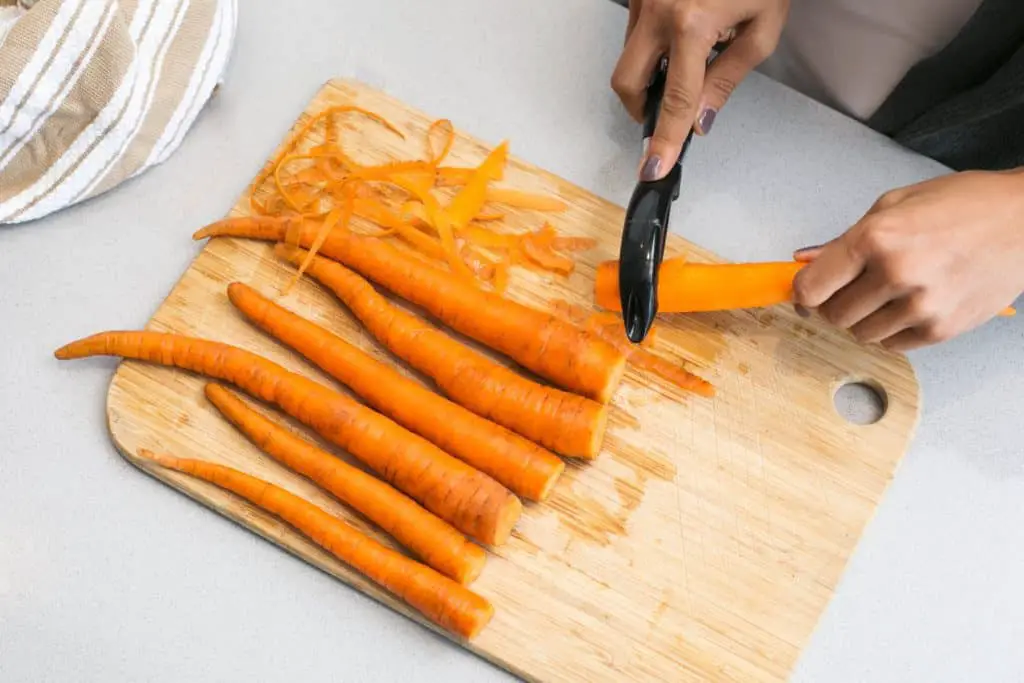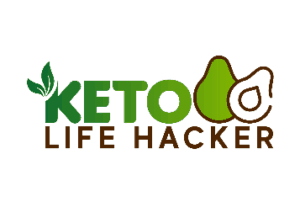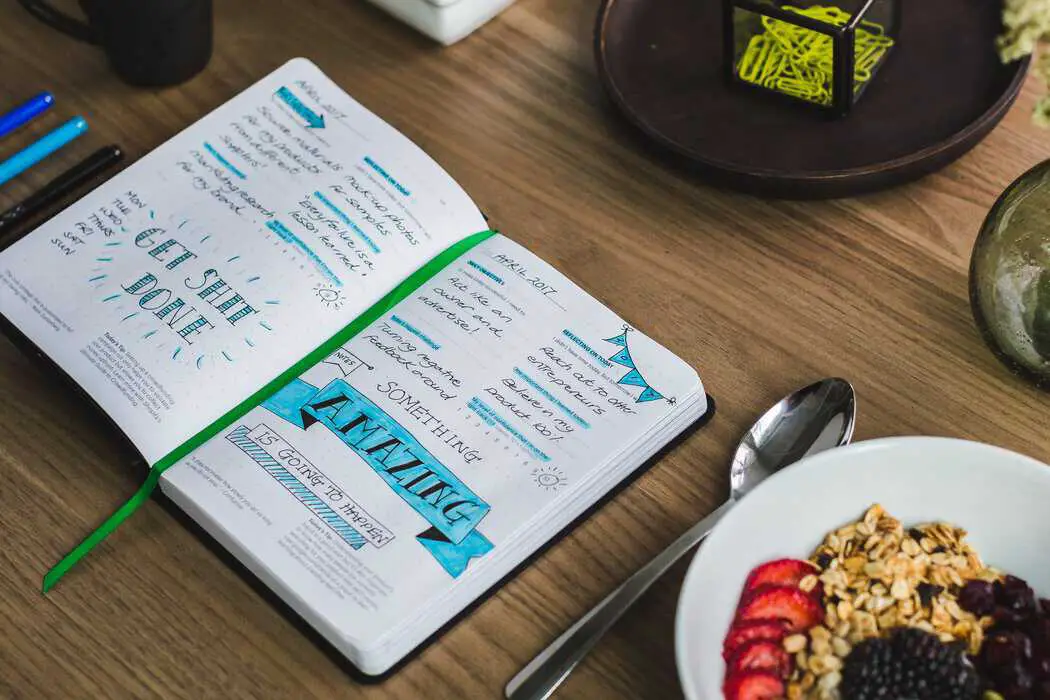If you’re anything like me, you must know just how powerful carb cravings can be, and how difficult it is to stop those cravings.
I’ve tried other low carbohydrate diets in the past, but nothing has ever prepared me for those seemingly unstoppable cravings – until I started the ketogenic diet. Because of how limiting this diet needs you to be, so that your body can accurately enter a state of ketosis, I knew I had to figure out the best way to trick my brain into forgetting about carbs, and I’ve finally found it. In this article, I’ll break down exactly how I’ve been doing it, and how much it’s changed my daily life.
Why Do I Crave Carbs?
Our bodies are programmed to crave simple carbohydrates like pasta, bread, and pastries, typically because consuming those foods gives us a quick boost of serotonin, a neurotransmitter in our brains that is closely linked to pleasure. These cravings become even stronger when we are exposed stimuli that suggests carbs, such as smelling the food nearby, advertisements, images of food on social media, or even just from someone else talking about food.
In this sense, we’ve been classically conditioned, much like Pavlov’s Dogs, to crave simple carbohydrates when they enter our minds.
Additionally, your typical diet plays a large role in your different types of cravings. The more high-sugar, high-fat, and high-salt foods that you eat, the more likely you are to crave them in the future. Our bodies grow accustomed to certain patterns of diet, and starches like simple carbohydrates play a large role in our blood sugar levels, which only makes these cravings stronger.
With that, there’s also a light at the end of the tunnel – our cravings can be rewired. While we may never be able to shake the classical conditioning of craving carbs when we hear about them, we can get our bodies to get more used to a low carb lifestyle, and crave carbs much less often, by maintaining a healthy state of ketosis.
Are Carbs Unhealthy?
Carbohydrates aren’t inherently unhealthy, and many dietitians will encourage incorporating complex carbs into your daily nutrition intake. However, for those looking to lose weight efficiently, or for those just looking to stay within a state of ketosis, carbs are enemy number one.
There are of course a multitude of simple and complex carbs that really don’t do anything for you other than spiking your glucose levels, and bloating most people that eat them. Some bad carbs that you should definitely plan to stay away from include:
- White bread and grains (sandwich bread, bagels, and tortillas)
- High-carb fruits (bananas, mangos, dates, pears, and raisins)
- Starchy vegetables (potatoes, corn, beets, and sweet potatoes/yams)
- Pastas
- Breakfast cereals
- Beer and Wine
- Sweetened Yogurt
- Fruit Juice
- Soda
Complex carbohydrates, such as the ones found in quinoa, whole grains, and even fruits and vegetables, are a healthy part of the average diet. It’s these simple carbohydrates, seen more in processed snack foods, rich breads, and pastas that really cause drastic spikes to your blood sugar, and can take your body right out of ketosis fairly quickly.
How Do I Stop Craving Carbs?
The best way to get rid of your carb cravings in conjunction with the keto diet, is to first and foremost eliminate simple carbohydrates. Getting your body used to not needing simple carbohydrates for blood sugar regulation will set you up for success in the long run. On keto, you’ll want to keep your carbohydrate intake to 20-30 net carbs per day, which only really leaves room for complex carbs anyway, most of which can be found in the form of fruits and vegetables.
From there, it’s natural to feel even more powerful cravings. This is why finding good carb substitutes is one of the most effective methods to appease those cravings (we’ll get into some of my favorite substitutes shortly).
Additionally, I’ve found that using tried and true natural appetite suppressants, like that of apple cider vinegar, green tea extract, fruit smoothies with ginger root, and yerba mate work great at both cutting down on my carb cravings and overall appetite throughout the more snacky hours of the day.
And lastly, one of the most effective methods for fine tuning your body to stay resistant to cravings is through the power of exercise. Not only do steady amounts of exercise help eliminate calories and promote weight loss, they also help curb your carbohydrate cravings. By staying hydrated, and exercising for 45-60 minutes at a time, I’ve found that my cravings are much less intense than they used to be, and are much easier to manage altogether on days that I do work out.
What are Some Good Carb Substitutes?

Some of my favorite carbohydrate substitutes include the following:
- Spinach wraps in place of tortilla wrpas
- Carrot pasta in place of pasta noodles
- Mashed Cauliflower in place of mashed potatoes
- Baked portobello mushrooms in place of hamburger buns
- Roasted eggplant in place of sliced bread as a side dish
- Zucchini squash or roasted eggplant with cheese and tomato sauce, in place of lasagna
- And cauliflower pizza crust with roasted vegetables and goat cheese
- Spaghetti squash with sugar free marinara sauce
- Oatmeal and cottage cheese banana pancakes
- Healthy baked carrot fries
- Spinach and berry smoothies (occasionally with non-sweetened greek yogurt)
Ultimately, the best way to fight off those cravings is by substituting them out to help your body learn to feel full without them. Keeping yourself hydrated, and eating plenty of fiber via fruits and vegetables is one of the healthiest, and most efficient ways to do just that.
What Does Ketosis Feel Like?
Once you’ve reached and maintained a state of ketosis, you’ll begin to notice a lot of changes in how your body feels from day to day. As you might expect, if you were dependent on simple carbohydrates in your daily diet before diving into keto, you’ll likely notice a dramatic weight loss. Personally, I lost over 50 pounds within the span of a year, all thanks to sticking with my plan and avoiding those carb cravings at all costs.
The primary scientific way to also tell if you’re truly in ketosis, is by the amount of ketones that are present in your blood. This can be used with ketone measuring tools to help verify that you’re actually in ketosis when you aren’t quite sure.
Once your body adjusts to ketosis, you’ll notice that your appetite and cravings will also likely go down. I didn’t notice this myself until I was a few months fully into ketosis, but once I reached that point it felt like there was truly no going back.
However there are some drawbacks in ketosis as well. One that particularly affects athletes and those looking to bulk up on muscle, is that the state of ketosis can also leave you feeling very low on energy. Similar to the initial keto flu that many go through early on in the ketogenic diet, this short-term fatigue can come back in waves if you’re not properly getting enough nutrients like sodium and potassium in your diet.
Additionally, the keto diet can contribute to a slow decline in muscle mass, and can actually make it more difficult to bulk up at times, despite the influx of protein that most people begin to incorporate into their diet on this plan. There are ways around this however, and it doesn’t always affect everyone the same.
How Long Will it Take to Make My Cravings Go Away?
This one unfortunately will be harder to answer. For me, it took about 2 to 3 months to fully feel like I didn’t crave simple carbs like I used to. Does that mean I’m completely carb-craving free? Not at all. I was still brought up on sweets, treats, and fatty junk food and am just as classically conditioned as all of you reading this. I do hope that through this blog however that I can provide some motivation and hope, because the cravings do get easier to manage, and living healthy without the extra carbs is honestly so worth the weight loss journey I’ve been able to undergo.

